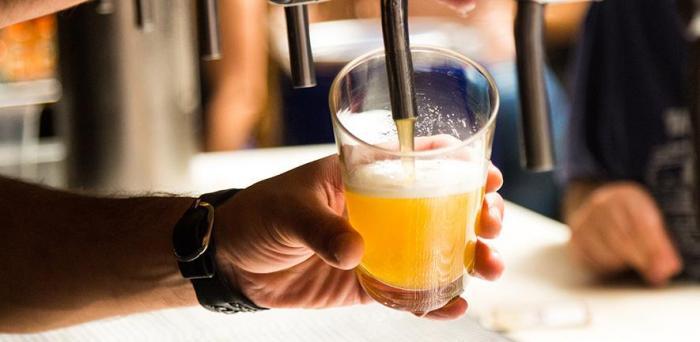Worldwide, drunk driving is a major problem, despite decades of health promotion activities. Road traffic injuries have become the leading killer of people aged five to 29 years, and recently, the World Health Organization has said that alcohol-related traffic accidents are one of the major causes. In 2019, between 210 and 250 people were killed in accidents in Britain where at least one driver was over the drink-drive limit, the highest level since 2009.
Drinking alcohol causes significant impairment to our motor function, and the more we drink, the worse this becomes. Drunk drivers may struggle to keep their vehicle in lane and have slow reaction times, as well as being more likely to take risks.
In research published in the Harm Reduction Journal, a team of researchers from Witten/Herdecke University and the University of Cambridge studied how accurately participants were able to estimate their fitness to drive after drinking alcohol.
Ninety students (average age 24 years old) took part in an experiment on two separate days. Participants were split into two groups: a study group and a control group. Both groups consumed either beer or wine or both until they reached a maximum breath alcohol concentration (BrAC) of 0.11%.
The research was carried out in Germany, where the legal driving limit is a BrAC of 0.05% (in England and Wales, the level is 0.08%).
In the study group, participants were told at the start that when they reached a BrAC of 0.05%, they would be switched from beer to wine or vice versa, though it was not explicitly explained that this was the legal driving limit.
The researchers monitored each participant’s breath alcohol concentration using breathalysers. With each measurement, they asked the participants to estimate their own breath alcohol concentration. All participants were asked to come forward when they thought they had reached the legal driving limit.
Image: Man pouring a pint of beer
Credit: spooky_kid
Reproduced courtesy of the University of Cambridge
